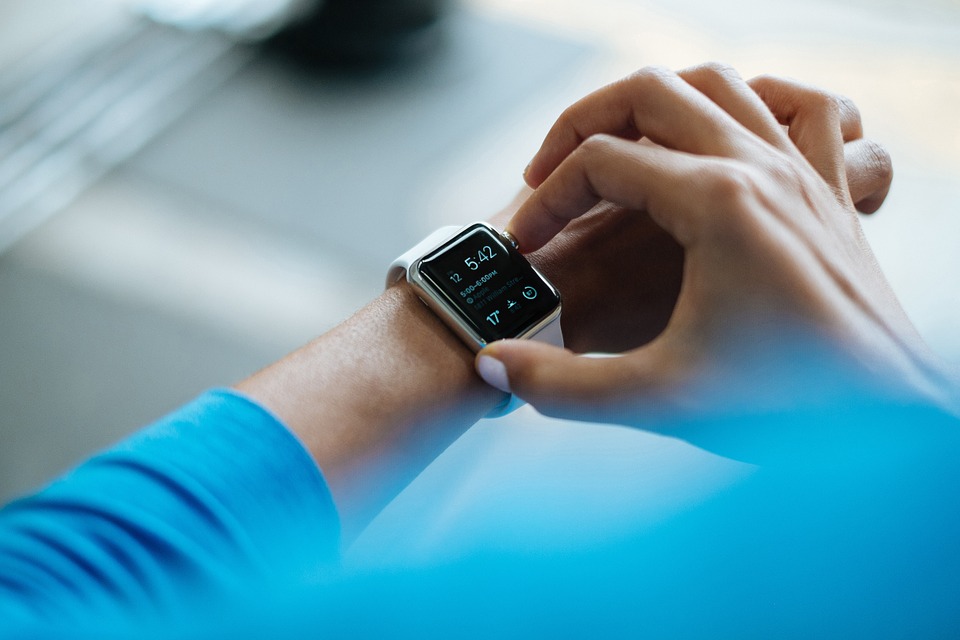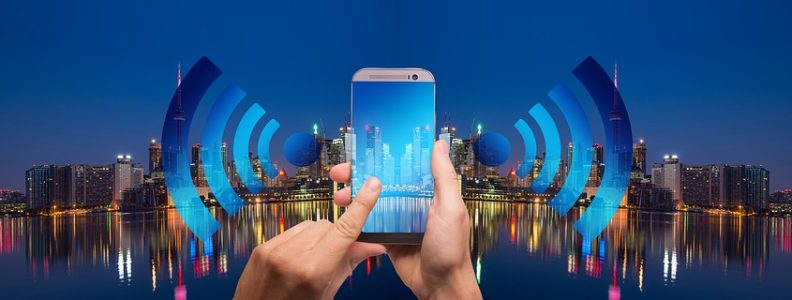The range of capabilities offered by smart devices is expanding rapidly while their costs remain quite affordable. The data infrastructure to support these devices – high-speed wireless networks and 4G cellular coverage – is also becoming more and more common. Smart devices are the backbone of the Internet of Things, an expanding network of devices that collect environmental information and share it with users and other devices.

The Internet of Things is, broadly speaking, the collective mass of smart devices that monitor and/or change the environment around them. They enable data collection and data sharing, linking devices together into functional networks that can span vast geographical distances. The Internet of Things is ubiquitous computing – devices and information everywhere. As the possibilities of the IoT grow, more and more devices can be combined together into sensing and acting networks that can have a dramatic impact on their environment.
Synergy Between The Physical World And Devices
The latest Internet of Things implementations rhttps://en.wikipedia.org/wiki/Cyber-physical_systemely on the creation of cyber-physical systems, or CPSs. These systems combine computational resources that are capable of affecting both cyberspace and the real world. Many CPSs are directly concerned with monitoring or controlling real-life processes. A CPSs is a vital component of an IoT implementation and is necessary to unlock the full capabilities of the individual devices connected to the network.

The Internet of Things has profound disruptive potential. In commercial, social, and private environments, IoT implementations can deliver significant improvements to both the environment and the users in it. From an information technology standpoint, IoT technology allows you to create intelligent, adaptive applications with the ability to directly influence real-world systems. Cyber-physical systems and the IoT devices within them need to be able to send, receive, and manage large volumes of data in a variety of different forms. When programmed wisely, CPSs help manage resources more efficiently. At a communal scale, these technologies provide a foundation for building entire smart cities where the services rendered to citizens are both more effective and more affordable.
More On Cyber-Physical Systems
There are two very general categories of elements involved in a cyber-physical system. Sensors are devices or applications that monitor virtual or real-world indicators. Actuators are elements are capable of modifying the digital or physical environment when they operate. The sensors of a CPS should function to connect all of the IT resources in the system so that all of the system’s sensors can have a positive effect on its actuators.
Physical actuators are designed to have a measurable impact on the environment around users. Virtual sensors collect information on users’ online activities. This might include content publication, e-commerce activity (buying or selling), and social media use. A predictive CPS can coordinate the data it takes in and use to it effectively predict users’ needs or actions in the future. There are already robust software solutions designed to make this sort of coordination practical. IBM’s WebSphere Sensor Events, for instance, gives you the power to productively analyze real-time data collected from both cyber and physical sensors and use that data to make a CPS’s actuators more effective.
Practical Applications For Cyber-Physical Systems:
- Manufacturing: In industrial environments, a CPS can boost efficiency by tying together a wide range of different machines and streamlining their information-sharing capabilities. Business systems, suppliers, logistics, and customers can all feed data into a manufacturing CPS. A sufficiently robust CPS can even increase the efficiency of manufacturing processes by making independent adjustments to suit customer preferences and business requirements. CPSs also make supply chains far easier to manage by greatly increasing their transparency.
- Healthcare: CPSs can do a great deal to extend the data-collection abilities of healthcare professionals. Remote monitoring can be used to reduce the amount of intensive hospital care required by patients, such as those suffering from Alzheimer’s disease. CPS capabilities can broadly raise the quality and efficiency of treatments available to elderly and/or disabled patients. Healthcare CPSs are also potent research tools, particularly in the field of neuroscience. Doctors and scientists use CPSs to better understand the human nervous system and expand the possibilities of brain-machine interfaces.
- Renewable Energy: The energy sector already contains robust examples of CPSs in action. A smart grid is one enhanced with monitoring and control devices. This results in a more efficient and reliable energy distribution system.
- Smart Buildings: Smart devices throughout a building can contribute to a CPS designed to reduce energy waste, increase safety and security, and make occupants more comfortable. You might use a smart building CPS to monitor energy use and adjust control systems to conserve power. Building CPSs can even be useful diagnostic tools when buildings suffer damage.
- Transportation: Individual vehicles and even infrastructure elements can be combined together into a useful CPS. Real-time information sharing can enlighten users about traffic flow, accidents, congestion, and other distant events that impact their vehicles. Good management through a CPS can make a transit network cheaper and faster.
- Agriculture: CPSs deployed in an agricultural context lead to cutting-edge farming with extremely high efficiency. An agricultural CPS can collect vital data about the environment and use it to inform land management decisions. Advanced sensors can even monitor the health of plants and animals to alert users to potential problems.
- Computing: A CPS focused on cyber activity can be a powerful tool for studying and explaining user behavior. The insights a CPS generates can be used to automatically or manually manage resources better and improve performance. Applications can be designed to adjust to changes in the cyber environment, anticipating and satisfying user’s needs in real time. In an e-commerce environment, CPSs can collect consumer data from a vast range of platforms and use it to accurately predict their future interests in products, services, and content.





